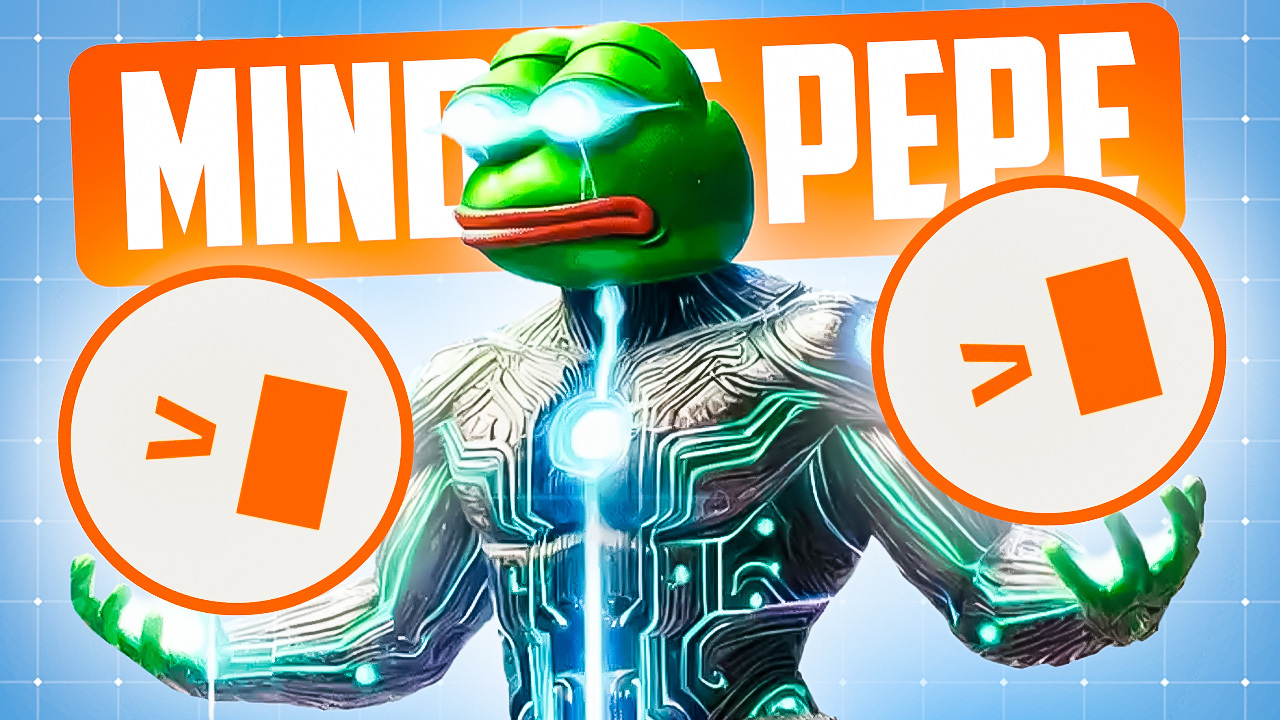YouTube’s AI Overviews want to make search results smarter
YouTube is experimenting with a new AI feature that could change how people find videos. Here’s the kicker: not everyone is going to love it. The platform has started rolling out AI-generated video summaries directly in search results, but...

YouTube is experimenting with a new AI feature that could change how people find videos. Here’s the kicker: not everyone is going to love it.
The platform has started rolling out AI-generated video summaries directly in search results, but only for a limited group of YouTube Premium subscribers in the U.S. For now, the AI Overviews are focused on things like product recommendations and travel ideas. They’re meant to give quick highlights from multiple videos without making users look at each item they’re interested in.
Instead, YouTube users will get a carousel of bite-sized previews pulled from different creators. For example, searching for the best wireless headphones or top spots to visit in Japan might now serve up AI-generated clips that pull some of the key moments tof each video together into a neat package.
If this sounds familiar, it’s because it mirrors the AI Overviews that Google has been rolling out across Search. That broader push has already hit more than a billion users, but it’s also been controversial. Google’s AI summaries have made headlines for mistakes, strange advice, and valid concerns about steering traffic away from the original sources. YouTube creators are already raising similar red flags, worried that AI summaries could hurt their views and engagement overall.
YouTube says this is just an experiment and is actively collecting feedback through thumbs up and thumbs down ratings. Depending on how users react, the company could decide to roll it out more widely or pull it back for more fine-tuning. It’s unclear whether this is going to be a non-negotiable addition to YouTube’s list of perks, but at the very least it seems poised to become one of the platform’s biggest pushes for the moment with its focus on AI-generated features.
There doesn’t appear to be a set date for when users beyond YouTube Premium could have access to the overviews that are still in the works.
Opera One puts an AI in control of browser tabs, and it’s pretty smart
Opera One browser has lately won a lot of plaudits for its slick implementation of useful AI features, a clean design, and a healthy bunch of chat integrations. Now, it is putting AI in command of your browser tabs, and in a good way.
The new feature is called AI Tab Commands, and it essentially allows users to handle their tabs using natural language commands. All you need to do is summon the onboard Aria AI assistant, and it will handle the rest like an obedient AI butler.
The overarching idea is to let the AI handle multiple tabs, and not just one. For example, you can ask it to “group all Wikipedia tabs together,” “close all the Smithsonian tabs,” “or shut down the inactive tabs.”
A meaningful AI for web browsing
Handling tabs is a chore in any web browser, and if internet research is part of your daily job, you know the drill. Having to manually move around tabs using a mix of cursor and keyboard shorcuts, naming them, and checking through the entire list of tabs is a tedious task.
Meet Opera Tab Commands: manage your tabs with simple prompts
Deploying an AI do it locally — and using only natural language commands — is a lovely convenience and one of the nicest implementations of AI I’ve seen lately. Interestingly, Opera is also working on a futuristic AI agent that will get browser-based work done using only text prompts.
Coming back to the AI-driven tab management, the entire process unfolds locally, and no data is sent to servers, which is a neat assurance. “When using Tab Commands and asking Aria to e.g. organize their tabs, the AI only sends to the server the prompt a user provides (e.g., “close all my YouTube tabs”) – nothing else,” says the company.
To summon the AI Tab manager, users can hit the Ctrl + slash(/) shortcut, or the Command + Slash combo for macOS. It can also be invoked with a right-click on the tabs, as long as there are five or more currently running in a window.
https://x.com/opera/status/1904822529254183166?s=61
Aside from closing or grouping tabs, the AI Tab Commands can also be used to pin tabs. It can also accept exception commands, such as “close all tabs except the YouTube tabs.” Notably, this feature is also making its way to Opera Air and the gaming-focused Opera GX browser, as well.
Talking about grouping together related tabs, Opera has a neat system called tab islands, instead of color-coded tab groups at the top, as is the case with Chrome or Safari. Opera’s implementation looks better and works really well.
Notably, the AI Tab Commands window also comes with an undo shortcut, for scenarios where you want to revert the actions, like reviving a bunch of closed tabs. Opera One is now available to download on Windows and macOS devices. Opera also offers Air, a browser than puts some zen into your daily workflow.
Samsung might put AI smart glasses on the shelves this year
Samsung’s Project Moohan XR headset has grabbed all the spotlights in the past few months, and rightfully so. It serves as the flagship launch vehicle for a reinvigorated Android XR platform, with plenty of hype from Google’s own quarters.
But it seems Samsung has even more ambitious plans in place and is reportedly experimenting with different form factors that go beyond the headset format. According to Korea-based ET News, the company is working on a pair of smart glasses and aims to launch them by the end of the ongoing year.
Currently in development under the codename “HAEAN” (machine-translated name), the smart glasses are reportedly in the final stages of locking the internal hardware and functional capabilities. The wearable device will reportedly come equipped with camera sensors, as well.
What to expect from Samsung’s smart glasses?
The Even G1 smart glasses have optional clip-on gradient shades. Photo by Tracey Truly / Digital Trends
The latest leak doesn’t dig into specifics about the internal hardware, but another report from Samsung’s home market sheds some light on the possibilities. As per Maeil Business Newspaper, the Samsung smart glasses will feature a 12-megapixel camera built atop a Sony IMX681 CMOS image sensor.
It is said to offer a dual-silicon architecture, similar to Apple’s Vision Pro headset. The main processor on Samsung’s smart glasses is touted to be Qualcomm’s Snapdragon AR1 platform, while the secondary processing hub is a chip supplied by NXP.
The onboard camera will open the doors for vision-based capabilities, such as scanning QR codes, gesture recognition, and facial identification. The smart glasses will reportedly tip the scales at 150 grams, while the battery size is claimed to be 155 mAh.
The search system in Gmail is about to get a lot less frustrating
Finding relevant information on Gmail can be a daunting task, especially if you have a particularly buzzy inbox. Right now, the email client uses a search operator system that acts somewhat like a shortcut, but not many users know about it.
Today, Google has announced an update to how search on Gmail works, thanks to some help from AI. When you look up a name or keyword in Gmail, the matching results are shown in chronological order.
Moving ahead, search results will be shown based on their relevance. In Google’s words, relevance will take into account three factors viz. frequent contacts, most-clicked emails, and how recently the relevant emails arrived in your inbox.
Old search (left), new search (right) Google
“With this update, the emails you’re looking for are far more likely to be at the top of your search results — saving you valuable time and helping you find important information more easily,” the company says in a blog post.
The updated search system in Gmail is rolling out to users worldwide, and it will be implemented on the desktop version as well as the mobile app. And just in case you are wondering, this is not an irreversible change to the search function in Gmail.
Google says users can switch between “most relevant” and “most recent” search results at their convenience. The overarching idea is to help users find the intended material at a quicker pace.

 BigThink
BigThink 


































